Choosing between square tube and round pipe for a significant job can be daunting. This article will navigate what each type has to offer, including their relative cost-effectiveness, potency, and longevity. Taking all this into consideration, by the end of this piece, you’ll be one step closer to picking the right metal tubing for your project.
Square tube, fabricated from steel, stainless steel or aluminum, has become a sought-after metal tubing shape due to its sturdiness and rigidity. Unlike round pipe, its opposing edges are welded together to form one uniform piece of metal, making it a go-to option for structures requiring a higher weight-bearing capacity such as frames and supports.
Square tube’s eye-catching appearance makes it a top choice for many home and office designs. Its streamlined silhouette and minimalistic qualities imbue a distinct contemporary vibe that is easy to personalize; you can trim the tube to fit your exact measurements.
In comparison to round pipe, producing square tube requires more material and thus carries a higher cost. While this might be an unwanted aspect, square tube’s strength and long-term durability may make it the wiser choice for those watching their budget.
Affordable and easy to use in a variety of projects, round pipe stands out when it comes to metal tubing. Typically crafted from steel, stainless steel, or aluminum, this circularly-shaped tubing offers a multitude of installation possibilities, from plumbing to ventilation and exhaust systems.
Lacking the solid structure of square tube, round pipe is crafted from multiple pieces of metal welded together, forming a hollow tube. As such, it is less strong and less stiff than its square counterpart, making it suitable for projects where resiliency is not a key requirement.
When trying to decide what sort of piping to invest in for a project, it may be beneficial to consider the cost implications. Round pipe tends to be the more budget-friendly option, as it involves less material and is easier to manufacture. But if you require something more robust, square tube might just prove to be more cost-effective in the long run.
Which is Optimal?
When it comes to planning your project, the choice of metal tubing will depend on many factors, such as cost, stamina, and resilience. If a thick and firm surface is what you desire, square tube is the ideal selection. Conversely, if affordability and trouble-free installation are essential, round pipe may be the more suitable option. Ultimately, choosing between the two styles of metal tubing rests upon what your particular needs and expectations are from the project.
When it comes to choosing your structural steel material, there are a few distinctions between square tubing and round piping. No matter which of the two you select, it’ll bring its own unique set of pros and cons- so it’s best to be informed on their differences before deciding which is most suitable for your project.
In terms of shape, square tube and round pipe differ quite significantly. Square tube is composed of a hollow steel material fashioned into a box-like form, whereas round pipe is designed in a cylindrical shape. Interestingly, the shape of the material impacts its strength; due to its flat surfaces, square tube can foster a strong bond generated through welding to secure greater surface area and ultimately provide more stability. Thus, it is generally regarded as the stronger of the two materials.
Made from fewer materials due to its flat sides, square tube is often lighter than the round pipe. This can prove advantageous when it comes to vehicles moving across a bridge, for instance, as weight is facrosd on every facet of its build. As such, if engineers require their structure to be as light yet strong as possible, square tube is their answer.
Although they may look similar, the third major discrepancy between square tube and round pipe lies within the price. Square tube often costs more than its rounded counterpart because the construction process requires more materials such as its four sides. On top of that, manipulation of the square structure often comes with a heftier price tag due to its complexity.
In contrast to the adherence of its cylindrical counterpart, the squared shape of a square tube offers comparatively less flexibility. Its flanking flatnesses make it difficult to manipulate into other forms, thus making it an ideal choice for requirements that need uniformity of shape and structure. This feature makes it an excellent material for projects such as erecting a bridge where congruence is paramount.
Ultimately, deciding between square tube and round pipe comes down to assessing specific desired properties for a project. While square tube tends to be sturdier, lighter in weight, and costlier than round pipe, the latter is more flexible and simpler to manipulate. When selecting which of these material shapes is optimal for your project, considering the impact of their respective strengths, weights, costs, and flexibilities will provide the basis for your decision.
Related Product
Warning: Use of undefined constant rand - assumed 'rand' (this will throw an Error in a future version of PHP) in /www/wwwroot/www.ytdrtube.com/wp-content/themes/msk5/single.php on line 77
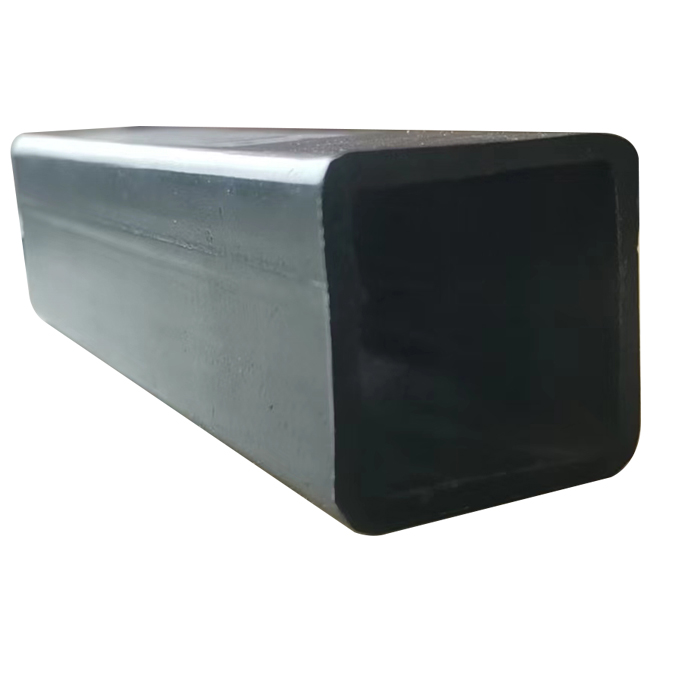
Square Hollow Section
Thickness: 0.5- 60 mm OD(outer diameter): square 10*10-1000*1000mm rectangular:10*15-800*1100mm Section Shape: Square OR rectangular Place of Origin: Tianjin, China Application Str […]
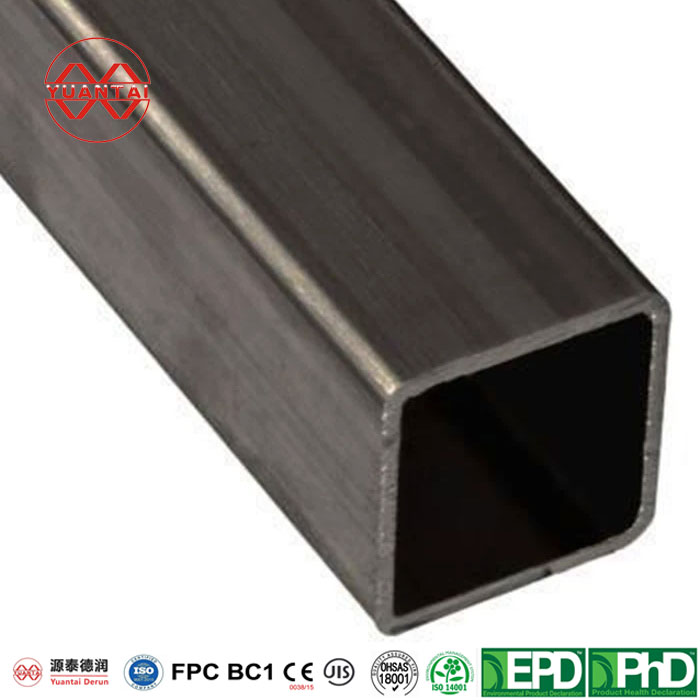
Square Steel Pipe Carbon Steel Pipe
Thickness 0.5- 60 mm Tolerance as required OD(outer diameter) square 10*10-1000*1000mm rectangular Brand YUANTAI DERUN Section Shape Square OR rectangular Length 3-12M according to […]

Black Square Steel Tube
SPECIFICATION TABLE OF BLACK SQUARE STEEL TUBE OD(MM) THICKNESS(MM) OD(MM) THICKNESS(MM) OD(MM) THICKNESS(MM) OD(MM) THICKNESS(MM) 20*20 1.3 60*120 80*100 90*90 1.50 180*180 3 300* […]

Square Seamless Steel Pipe
Attribute parameters of seamless square steel tubes Thickness 3- 50 mm Tolerance as required OD(outer diameter) 100*100-800*800 Brand YUANTAI DERUN Section Shape Square OR rec […]

EN10210 EN10219 Black Carbon Steel Welded Square Pipe
Yuantai Derun Steel Pipe Manufacturing Group is a steel pipe and steel enterprise that has operated for many years, mainly engaged in steel products such as black square and rectan […]
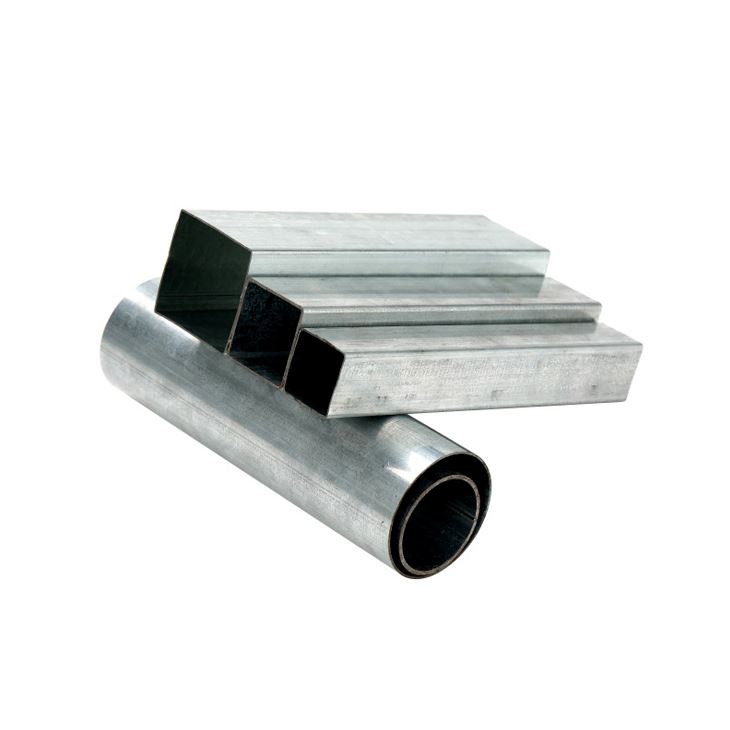
Pre Galvanzied Square Steel Tube
1.Introduction of pre-square tube Coiled pipes are pipes and pipes for processing technological processes, and are the name of general pipes, which are pipes made of long steel coi […]
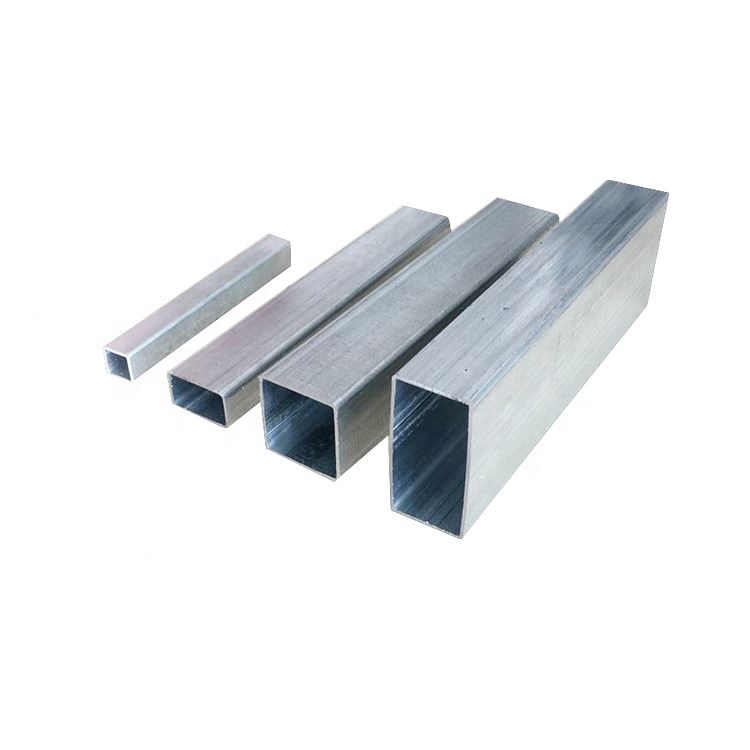
Hot Dip Galvanized Rectangular Steel Tube
Hot dip galvanized rectangular steel tube is a rectangularsquare tube that is welded after the steel plate or steel strip is curled and formed, and is formed after the square tube […]
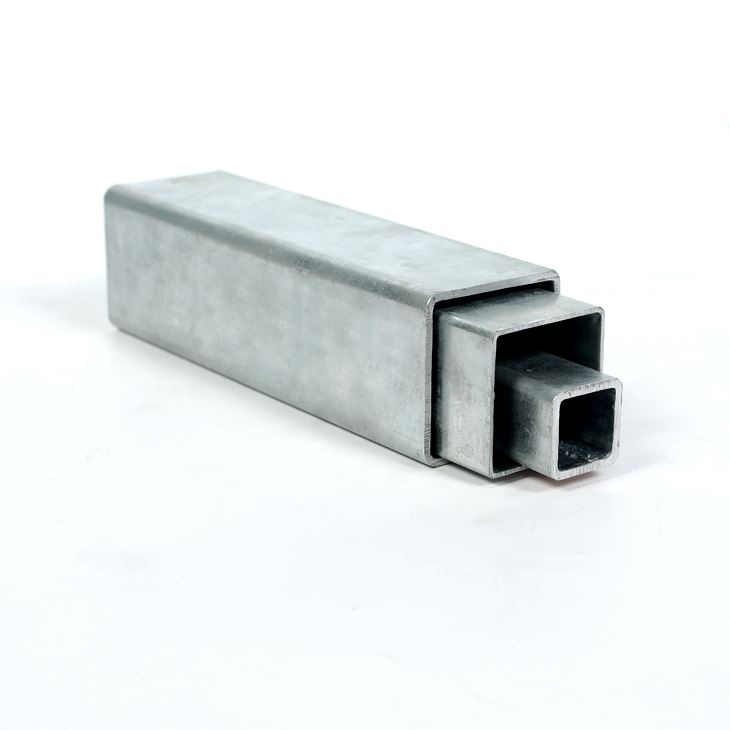
Hot Dip Galvanized Square Steel Pipe HDG Tube
Thickness: 0.5- 60 mm OD(outer diameter): square 10*10-1000*1000mm rectangular:10*15-800*1100mm Section Shape: Square OR rectangular Place of Origin: Tianjin, China Application Str […]

Hot Dip Galvanized Rectangular Hollow Section
Iron and steel materials are indispensable resources in human life today. However, due to its own characteristics, “corrosion is accompanied by us every day and consumes our […]
Post time: 2023-07-10
